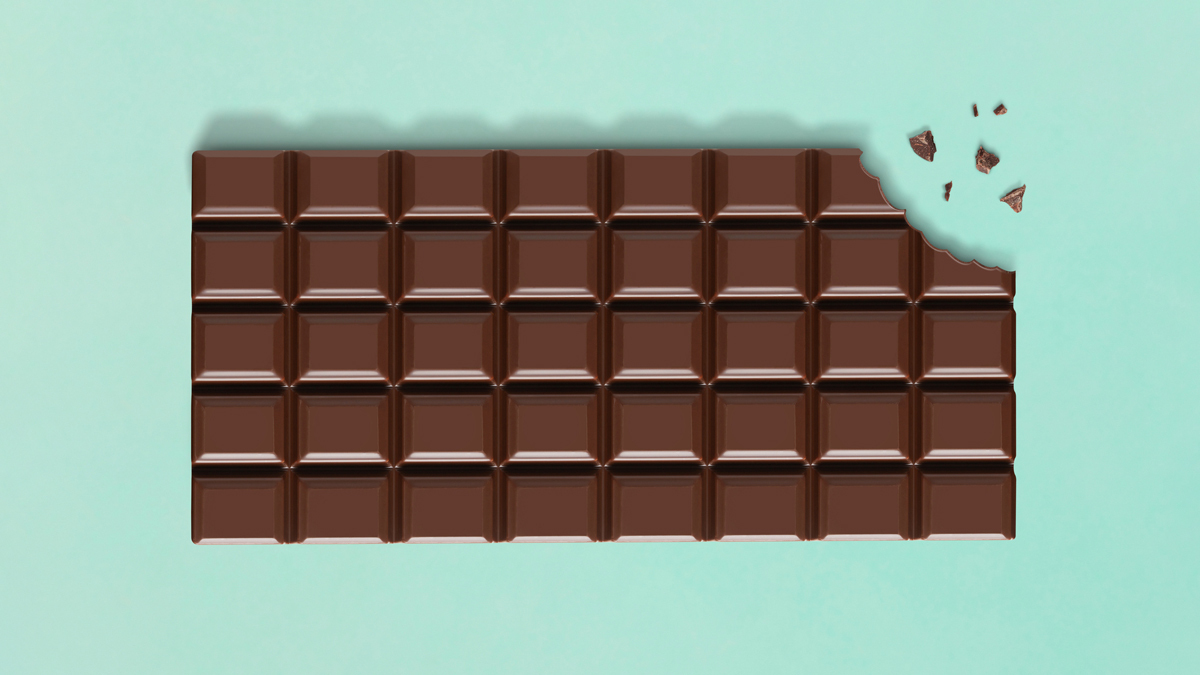Get our independent lab tests, expert reviews and honest advice.
The kitchen tasks you should be using your microwave for
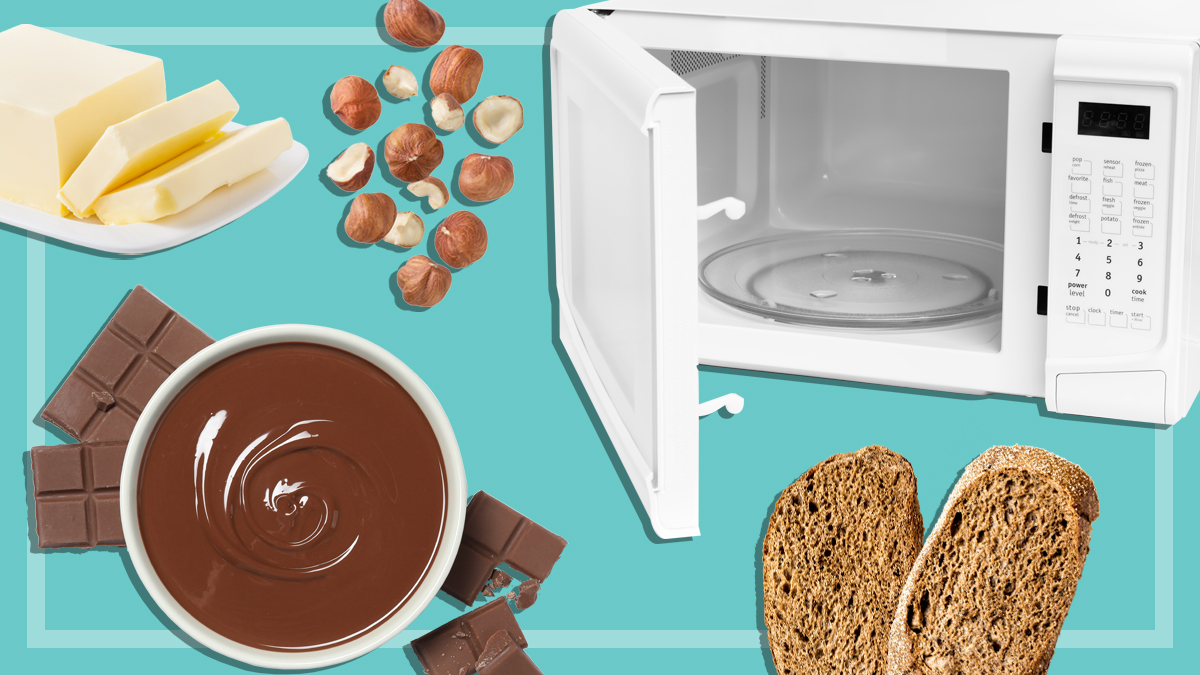
Let’s be honest: most of us only use our microwave to reheat leftovers and occasionally melt some butter for cooking.
But it’s a shame to dedicate money and bench space to an appliance that’s only used at dinner time or when you’re frantically cooking a batch of brownies late at night for the school bake sale that you forgot about.
There’s so much more that your microwave can help you with – and if you harness its superpowers it’ll liberate you from laborious kitchen tasks and give you more time back in your day for things like licking the bowl after making brownies.
Plus, if you take advantage of your microwave’s abilities, it can expand your cooking repertoire and even save you some money.
CHOICE’s kitchen expert says a microwave is one of the most useful and underrated appliances in the kitchen
CHOICE’s kitchen expert Fiona Mair says a microwave is one of the most useful and underrated appliances in the kitchen. And she even rates it over an air fryer, which really tells you how versatile and helpful it can be.
“Most people use very little of their microwave’s potential,” she says. “It can be a very handy kitchen helper if you know what to do with it.”
So if you’re not using your microwave to help you with these kitchen tasks, you should be!
CHOICE tip: Microwave power levels range from high (100%) to medium-high (70%) to medium (50–60%) to low (30–40%) to very low (10–20%), and using the right power settings will give you a better final result. If you don’t choose a power setting, it’ll cook on high by default.
Blitzing your baking prep
You might already use your microwave to soften or melt butter, but there are so many other ways that it can help you bash out baked goods faster.
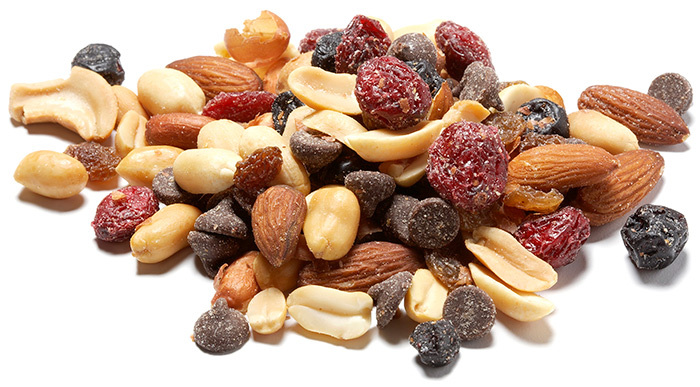
Toasting nuts
Want to make perfectly crispy hazelnuts or browned pine nuts?
Instead of risking burning them in a frypan or waiting ages for your oven to heat up, hand the task over to your trusty kitchen assistant.
Spread them out in an even layer on a plate, then microwave on high for one minute at a time, stirring in between, until they reach the ideal toastiness.
Soaking dried fruit, fast
If a recipe calls for dried fruit to be soaked overnight in brandy or tea, don’t panic if you haven’t left yourself enough time. Fiona says you can use your microwave to rehydrate fruit in next to no time.
Place the dried fruit and liquid in a microwave-safe bowl, cover with plastic wrap and heat on high for two minutes before leaving to stand for five minutes. (This example is for four cups of fruit and one quarter of a cup of brandy.)
Let the fruit cool before adding to your recipe.
Making perfect melted chocolate
When you’re trying to bash out that last-minute cake for the bake sale, melting chocolate over a double boiler and waiting for butter to soften on the bench wastes precious time.
Your microwave can speed things up so you’ll finish with time spare to decorate it.
Chocolate is a very heat-sensitive food, so melting it is the perfect way to assess a microwave’s performance during our lab testing.
Ideally, you want the chocolate to melt evenly when stirred, without the chocolate seizing (this means that you’ve microwaved it too long and its become overheated, so it looks grainy and more like a paste).
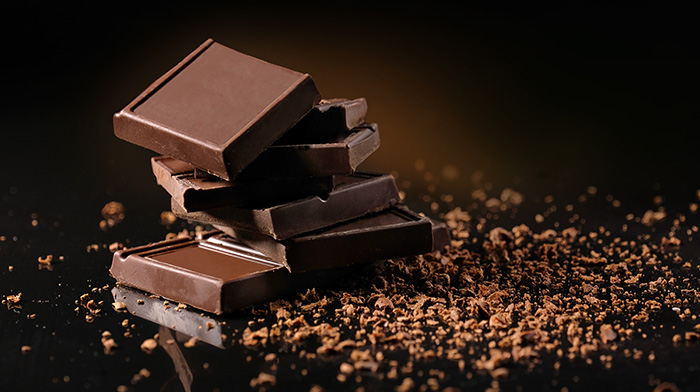
Inverter microwaves are great at this: they provide constant and even power so there are no hot spots.
(Here’s what you need to know about inverter microwaves.)
Only have a regular microwave? No problems. Just put your microwave on a medium-low setting.
To melt 180g of chocolate in a 900–1000W microwave, run it for 2 minutes and 30 seconds and stir halfway through. For a 700–800W model, run it for 4 minutes, stirring halfway through.
If you’re unsure of the wattage, heat on high for 1 minute and stir, then continue heating at 30 second intervals, stirring each time until just melted. The residual heat will melt any unmelted portions.
“Thankfully, we’re seeing new microwaves on the market with auto settings for melting chocolate and butter and softening butter so keep an eye out if you’re shopping for a new model,” says Fiona.
Minimising food waste
Making your grocery budget go further isn’t just a case of buying wisely – it’s also about making the most of the food you do buy.
Here’s how your microwave can help you squeeze every last drop (or crumb) out of your food.
Rescuing stale bread
Who’s got the dough these days to chuck out a loaf of bread that’s past its prime? Rather than letting a loaf go to waste, you can revive it in the microwave.
Wrap it in damp paper towel or tea towel and pop it in the microwave for 10 to 30 seconds. (The timing will depend on your microwave’s power and the size and thickness of the bread.)
You can also do this with single slices of bread, but keep the cooking time brief. It’s also a great method for defrosting frozen bread slices: they dry out in the freezer, so when you defrost and toast them, they can be very dry and hard, and even burn more quickly than fresh bread – the paper towel trick rehydrates them.
This isn’t the only thing a microwave can do with your stale bread. Whizz up the bread in your food processor to make breadcrumbs, then dry them out in your microwave. Or nuke bread cubes to create croutons.
Now you’ve not only saved money by bringing your bread back from the dead, you’ve also created options for jazzing up a mediocre midweek meal: think crumbed lamb cutlets, cassoulet and caesar salad, or making pangrattato to add a crunchy component to an otherwise-ordinary pasta dish.
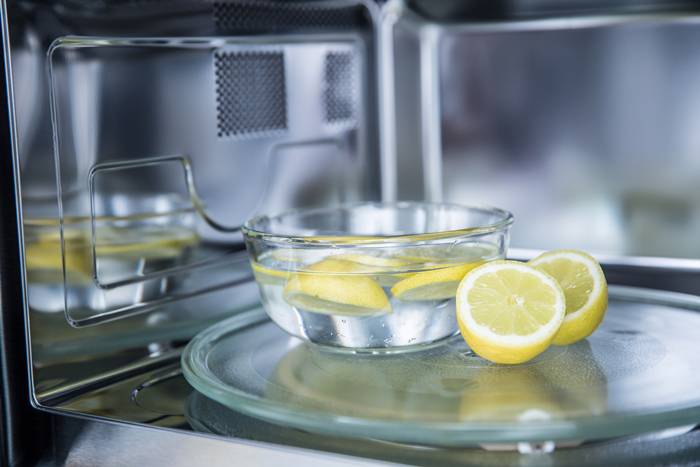
Making citrus more squeezable
Yes, we’re really telling you to put a whole lemon in the microwave.
Giving your lemons, limes or oranges a quick zap before juicing them will soften them up and help you extract more of the juice.
Depending on your microwave’s wattage, microwave the fruit on high for 10–30 seconds. Once it’s warm and soft, it’ll yield more juice.
Saving the sweet stuff
If your honey has seized up and won’t squeeze or spread, you don’t need to throw it out or resign yourself to eating crunchy honey on toast.
A quick whirl in the microwave will have it smooth and squeezy again in no time.
Prepping your Sunday roast
From getting your meat good to go, to making perfectly tender vegetables and getting a head start on the baked potatoes, your microwave can help set you up to nail a Sunday roast.
Here’s what to use it for.

Defrosting a whole chicken
If you’ve forgotten to get the bird, the beef or the lamb out of the freezer ahead of a roast, never fear – your microwave is up to the job.
In fact, when we test microwaves in our kitchen labs for our expert microwave review, we assess how well each model performs at this common kitchen task.
Our kitchen experts check that each microwave defrosts a whole chicken thoroughly and safely (i.e. without starting to cook the bird). That’s the day there are a lot of defrosted chooks up for grabs in the CHOICE office.
“Most microwaves can easily defrost a 1.5kg chicken safely in 30 minutes,” says Fiona.
The timing will depend on the weight of the chicken or cut of meat and the power level that’s pre-programmed for defrosting. Check your microwave’s manual to find the right settings for your roast.
CHOICE tip: While foil is generally a no-no in microwaves, a little bit is okay when defrosting a chicken to protect the wings and legs from cooking. Just make sure there’s less foil than food, and that it doesn’t touch the walls.
Cook crisp, tender (and healthier!) vegetables
For those of us who grew up in the ’80s when microwaves first became widely used in Aussie households, you may associate microwaved vegetables with limp, grey and watery broccoli. That doesn’t have to be the case, says Fiona.
“Microwaves are actually an incredibly easy way to cook perfect steamed vegetables, keeping them crisp, tender and full of the nutrients you lose if you boil them,” she says.
“Look for a microwave that has a sensor for ‘fresh vegetables’ for perfectly cooked veg every time no matter what quantity.”
When we review microwaves, we test each model to see how well it cooks broccoli.
The top rated models in our microwave review all score a perfect 100% on the broccoli test.
Parboiling potatoes
You can’t have a roast without roast potatoes.
One of the (many) secrets to the perfect roast potato – all crisp and golden on the outside and light and fluffy on the inside – is parboiling your potatoes before you roast them.
And guess what? Your microwave can help with that, too.
Wash, peel and chop the potatoes, then put them in a microwave-safe container with a lid. If you have sensor cook or auto cook, use these settings, otherwise cook on high for 3–4 minutes.
Don’t forget to stand for five minutes with the lid on to finish off the cooking after removing from the microwave. Then they’re ready to be shaken to fluff the outside to get them extra crispy when frying.
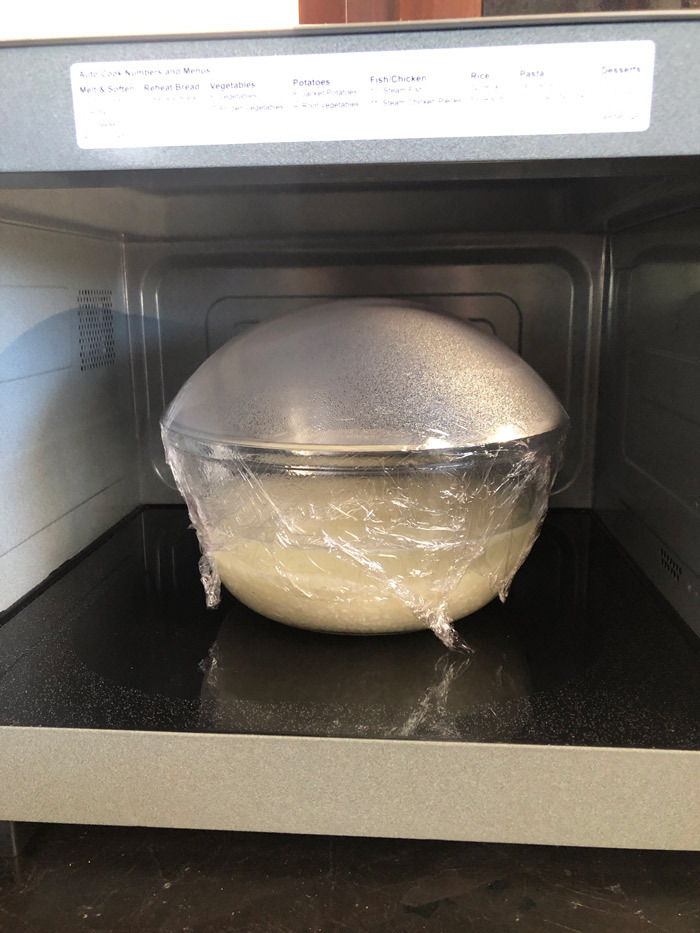
Other kitchen tasks your microwave can help you master
- Cooking perfect rice every time
- Make easy scrambled eggs
- Steam delicate fish fillets
- Cook pappadums without oil
- Drying herbs
- Cooking crispy bacon
- Make mug cakes
A note on microwave safety
Do keep in mind that microwaves can differ depending on wattage and whether they’re a regular microwave or convection or inverter. So use given times as a guide but always stay nearby to your microwave when you’re cooking, just in case something goes awry.
Also, be aware that certain things don’t belong in the microwave. Items such as plastic takeaway containers, metal trays, and some dinnerware and glassware may not be microwave safe, so check before you use them.
Finally, It’s easy to forget that temperatures can be just as scalding in a microwave as a regular oven – don’t forget that food comes out hot!

